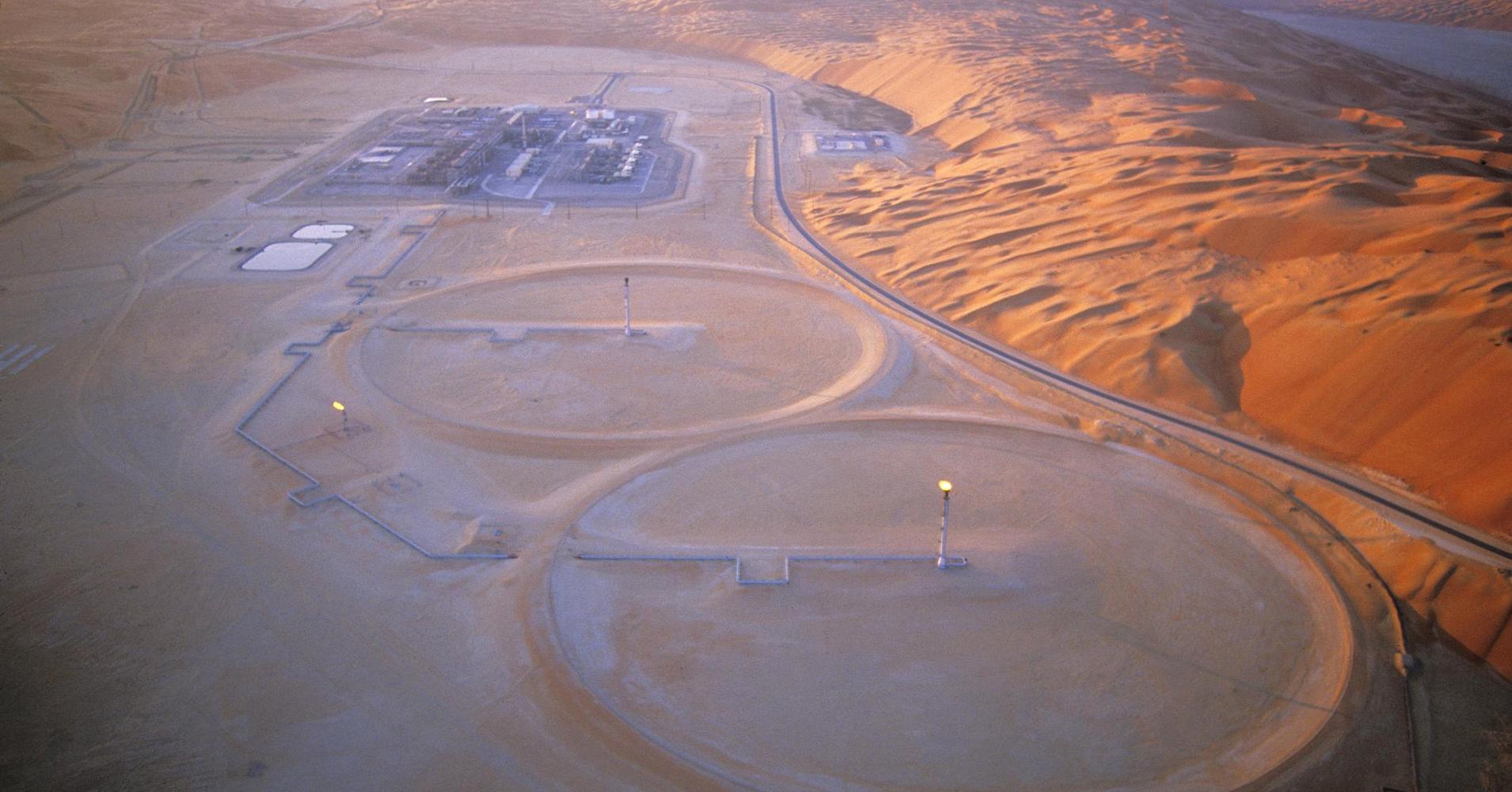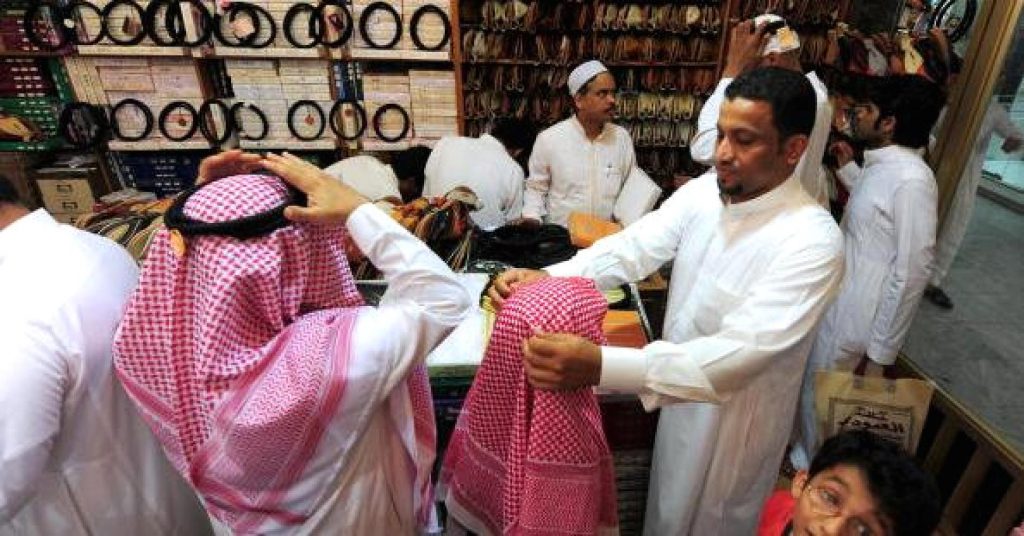
Oil-importing countries in the Middle East and Central Asia region are to beat their oil-exporting counterparts in the growth stakes in coming years, according to the International Monetary Fund (IMF) in its latest regional outlook.
In its report on the Middle East, North Africa, Afghanistan and Pakistan (MENAP) region, published Wednesday, the IMF said oil exporters in the region should see a 2.8 percent growth in 2018 and 3.3 percent in 2019.
Oil importers, however, were predicted to see a 4.7 percent growth in 2018 and 4.6 percent in 2019.
“The good news of this recovery this year is that the outlook is positive for both oil-importing countries and oil-exporting countries,” Jihad Azour, director of the Middle East and Central Asia Department at the IMF, told CNBC’s Hadley Gamble on Monday.
“Oil-exporting countries bottomed out in 2017 when growth was 1.7 percent, but this year it’s expected to be 2.8 percent. For oil-importing countries we expect growth this year to be 4.7 percent, coming up from 4.2 percent last year. And over the next three years we expect it to be 5 percent.”
“This is good, but it’s not enough for them to sustainably address the issues they’re dealing with, inclusion, job creation and sustainable growth,” he added.
Oil-importing countries include Egypt, Pakistan, Morocco and Tunisia, while oil exporters include the Gulf Cooperation Council (Saudi Arabia, the United Arab Emirates, Bahrain, Oman, Kuwait and Qatar) as well as Iran, Algeria and Libya.
The growth picture is a mixed bag for the region; oil exporters having struggled recently with low oil prices and burgeoning budget deficits. In the Gulf Cooperation Council (GCC) in 2017, overall growth fell by 0.2 percent with Saudi Arabia seeing its first economic contraction since 2009.
Oil futures are currently trading at $74.80 for Brent crude and around $68.69 for West Texas Intermediate (WTI), having been buoyed by OPEC and non-OPEC producers, including Russia, curbing oil production.
With oil prices rising as a result, U.S. shale oil production has returned, a factor that made the outlook for oil prices “highly uncertain,” the IMF said, adding that “the medium-term outlook for oil prices remains subdued.”
Nonetheless, the IMF believed that growth for oil exporters will accelerate in 2018–19, largely reflecting “the continued recovery in non-oil activity as many countries are slowing the pace of fiscal consolidation in support of domestic demand.” But, it said, risks to the outlook are skewed to the downside.
“These (risks) include the possibility of a sharp tightening of global financial conditions, growing trade tensions, and geopolitical strains — while the outlook for oil prices remains subdued and highly uncertain,” the report said. “If these risks materialize, they could trigger potentially significant fiscal and financing pressures for many countries in the region, affecting prospects for continued fiscal consolidation and economic recover.”
Fragile growth prospects over the medium term underscored the importance of accelerating structural reforms, Azour said.
“The good news is that the regional growth is improving for both oil-importing and oil-exporting, yet the region is not fully benefiting from the improvement in the global outlook and this requires countries in the region to pursue the reform agenda,” he said.
Oil-importing countries were also set to see a continuation in the growth recovery in 2018, the IMF said, aided by “gains from ongoing reforms, improved domestic confidence in some countries, and a steady upswing in external demand.”
Growth remains fragile, however, and these countries too needed to accelerate reforms.
“Persistent conflicts and their regional spillovers, security concerns, weaker-than-anticipated public investment (Afghanistan, Jordan), delays in implementation or completion of structural reforms (Jordan, Morocco, Pakistan, Tunisia), and political and policy uncertainty (Lebanon, Pakistan) continue to weigh on growth. Overall, the outlook has softened slightly since the October 2017 outlook,” the IMF said.
Growth is expected to remain too low to provide enough jobs for the expanding labor force, the fund warned.
“Generating broad-based growth that benefits all will require an acceleration of structural reforms that improve the business climate and boost productivity. The need for sustained fiscal consolidation that protects much-needed social spending and investment while ensuring stability also persists.”

